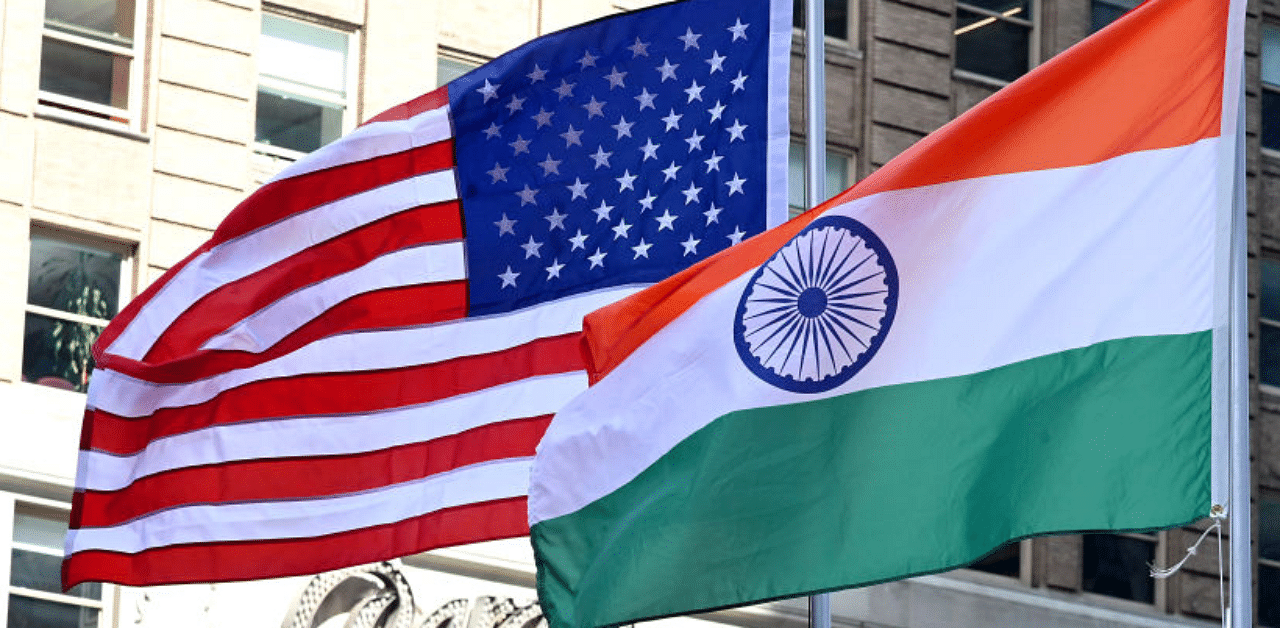
India and America must work together, align trade policies and develop an effective and efficient economy in each of their respective countries if any one of them has to be competitive with China, a former diplomat of the United States, Nisha Desai Biswal, said on Friday.
"The geoeconomics realities are such that for either the US or India to succeed and be competitive with the production capacity and efficiency of China, it will require us to work together and develop a more effective and efficient economy in our respective countries,” Biswal, now the President of the US-India Business Council (USIBC), said, delivering the first Atal Bihari Vajpayee Annual Memorial Lecture instituted by the Ministry of External Affairs (MEA).
“With the US and India as the two large economies outside of the two major trading blocs in Asia, it puts particular emphasis on our bilateral economic ties,” she said as she delivered the lecture on the birth anniversary of the former Prime Minister.
Biswal served as the US Assistant Secretary of State for South and Central Asia during Barack Obama’s tenure as the American President and oversaw engagements between Washington D.C. and New Delhi from January 2014 to January 2017.
A deal was expected to be signed to address each other’s concerns over trade barriers after the meeting between Prime Minister Narendra Modi and the US President Donald Trump in New York on September 24, 2019—just two days after the two leaders had appeared together at the “Howdy! Modi” event in Houston. But the two sides failed to narrow differences and the deal fell through. A “mini trade deal” with “limited scope” was expected to be inked after the Trump-Modi meeting in New Delhi on February 25, but that was also shelved.
“Despite the fact that we have not been able to conclude even a small agreement between our two countries, we have seen the promise of a growing economic partnership drive greater trade and investment in both the US and India. Two-way trade and investment have reached $146 billion, an increase of nearly $50 billion in five years,” said Biswal. “Let’s face it, trade policy in democracies like ours is not easy and it is not politically popular.”
“And,” she said, “yet the ability to create high-standard trade that establishes the rules and opens the markets will also create enormous opportunity for our people.”
Biswal pointed out that India was the fastest-growing large economy in the world for five years between 2015 and 2019, averaging about 7% growth per year—more than China and the US investors recognized this. She added that the FDI into India from the US hit a record high of $4.2 billion by the end of the period.
“In April -June, the FDI equity inflows from the US understandably fell off a cliff, declining by nearly $650 million, to less than half the $1.4 billion in the same quarter the year before. Yet in the following quarter—July–September 2020—FDI from the US increased tenfold to about $6.5 billion. To put this in context, that is double the amount for the entire previous fiscal year from the US—and that investment has come across sectors,” said Biswal.
